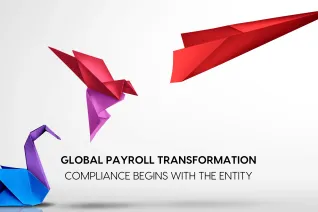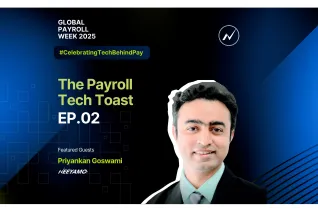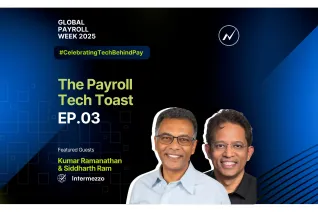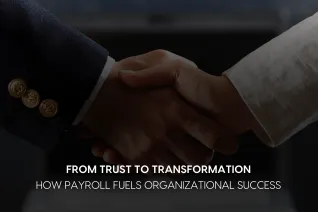Neeyamo Cyber Security Awareness Month: Insights On The Evolving Cyber security Landscape
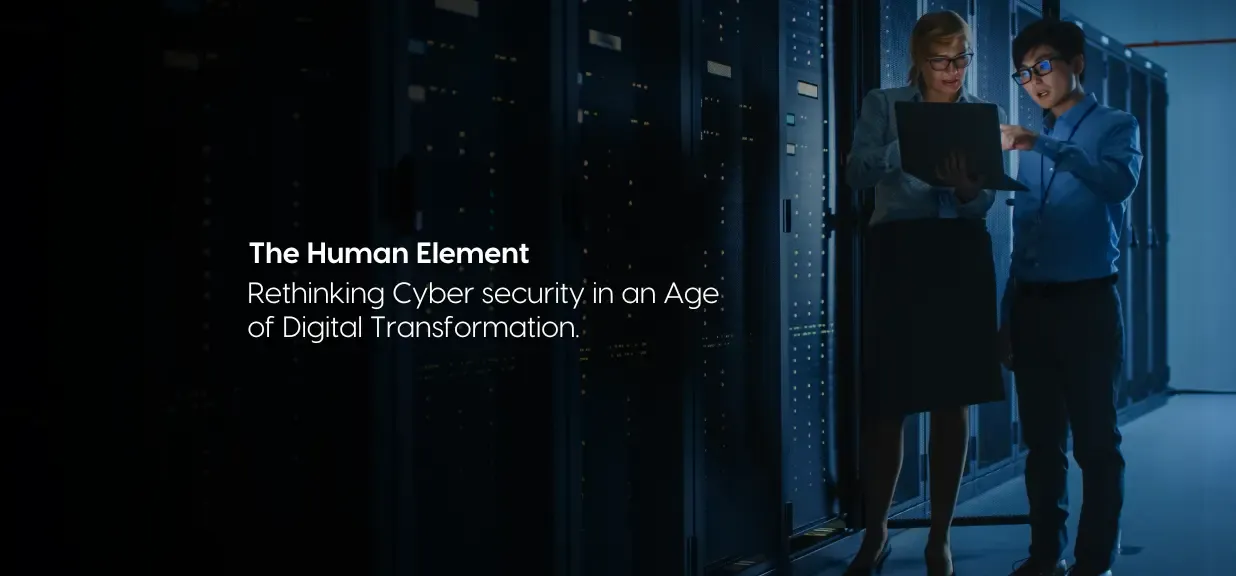
$9.5 trillion, According to Cybersecurity Ventures, that is the expected cost of global cybercrime damages in 2024. The scale of these threats is already evident - Chainalysis reports that a record-breaking $1 billion+ was paid out in ransomware attacks in 2023.
In an era where digital transformation is no longer optional, organizations face a paradox: the same technologies that drive innovation and growth also create unprecedented vulnerabilities. The traditional approach to cyber security – focusing primarily on technical solutions – is proving increasingly inadequate in today's complex threat landscape.
Beyond the Technical Paradigm
For too long, organizations have viewed cyber security through a purely technical lens. While crucial, firewalls, encryption, and intrusion detection/prevention, advanced tools and technology systems represent only one dimension of a much larger picture. As Lt. General (Dr) Rajesh Pant, former National Cyber Security Coordinator of India, emphasized in a recent webinar at Neeyamo as a part of Neeyamo Cyber Security Awarness Month organized by Information Security Group of Neeyamo that "People, Process, Technology, and Cooperation" (PPTC) form the key pillars of effective cyber security management.
This holistic view is particularly relevant when we consider the statistics. A staggering 10 million+ cyber threats were aimed at Indian computers between April and June 2024. The sheer scale of these attacks suggests that technical solutions, while necessary, are insufficient on their own.
The Leadership Imperative
Perhaps the most intriguing insight from Lt. General (Dr) Rajesh Pant, decades of experience in cyber security is what he calls the "Think Two-level up and act Two-down model" for Situational leadership. "Understanding that where you stand is where you sit," as he puts it, perfectly encapsulates the modern cyber security leader's challenge. They must simultaneously:
- Maintain strategic oversight of emerging threats
- Ensure tactical effectiveness of security measures
- Foster a security-conscious culture
- Balance security with business agility
Reframing the Free Software Debate
In today's open-source world, Lt. General (Dr) Rajesh Pant, cautionary note that "If it's free, you're the Product" deserves careful consideration. This isn't simply about avoiding free software – it's about understanding the hidden costs and potential risks in our technology choices.
Organizations must develop sophisticated frameworks for evaluating technology adoption that considers:
- Total cost of ownership
- Security implications
- Data privacy, laws, regulations concerns
- Compliance requirements
- Long-term sustainability
The Three Horizons of Security
While many organizations focus on network security, Dr. Pant advocates for a more comprehensive approach encompassing network, cloud, and physical security. This trinity of protection reflects the reality of modern business operations, where threats can materialize across multiple vectors simultaneously.
Building Resilient Organizations
The most sophisticated security measures can fail without organizational resilience. Dr. Pant emphasizes the importance of "strengthening organizational and individual cyber security resilience and business continuity." This requires:
1. Cultural Transformation
- Moving from compliance to commitment
- Developing security awareness at all levels
- Creating a shared responsibility model
2. Process Innovation
- Implementing adaptive security architectures
- Developing dynamic response capabilities
- Integrating security into business processes
3.Technology Integration
- Deploying integrated security solutions
- Leveraging AI and machine learning for threat detection
- Implementing zero-trust architectures
The Future of Cyber security
The cyber security landscape is undergoing rapid transformation, driven by the emergence of Ransomware-as-a-Service (RaaS), AI-powered attacks, and supply chain vulnerabilities. Traditional security approaches are becoming obsolete, with nation-state actors increasingly targeting private organizations and quantum computing threatening current encryption standards.
Organizations must adapt by implementing Zero Trust Architecture (ZTA), leveraging AI for threat detection, attack surface management, advanced perimeter tools and integrating automated response systems (SOAR). The evolution of Identity and Access Management (IAM) through biometric and behavioral analytics, combined with blockchain-enhanced supply chain security, represents the new frontier in organizational defense.
Success in this evolving landscape demands cross-functional security teams, regular threat simulations, and adaptive security architectures. Organizations must move beyond periodic assessments to implement continuous security validation and actively participate in threat intelligence-sharing networks.
ALSO READ | How Pivotal is Information Security for your organization?
Moving Forward
The path to robust cyber security isn't just about deploying more technology – it's about fundamentally rethinking how we approach security in an interconnected world. As organizations continue their digital transformation journeys, they must prioritize initiatives using a risk-based approach that considers impact severity, implementation complexity, and resource requirements.
Dr. Pant's emphasis on the human element in cyber security – from leadership approaches to awareness programs – suggests that the future of security lies not in technology alone but in the seamless integration of people, processes, and technology.
For organizations looking to strengthen their security posture, the message is clear:
- Technical solutions must be balanced with human factors.
- Strategic thinking must be paired with tactical execution.
- Security must be viewed as a continuous journey rather than a destination.
*The insights in this article draw from Lt. General (Dr) Rajesh Pant's extensive experience in cyber security and his recent webinar "Insights on Evolving Cyber Security Landscape" at Neeyamo during Cyber Security Awareness Month 2024. Dr. Pant previously served as the National Cyber Security Coordinator in the Prime Minister's Office of the Government of India.*
Latest Resources
Stay informed with latest updates
If you're curious and have a thirst for knowledge pertaining to the HR, payroll, and EOR universe, don't miss out on subscribing to our resources.



